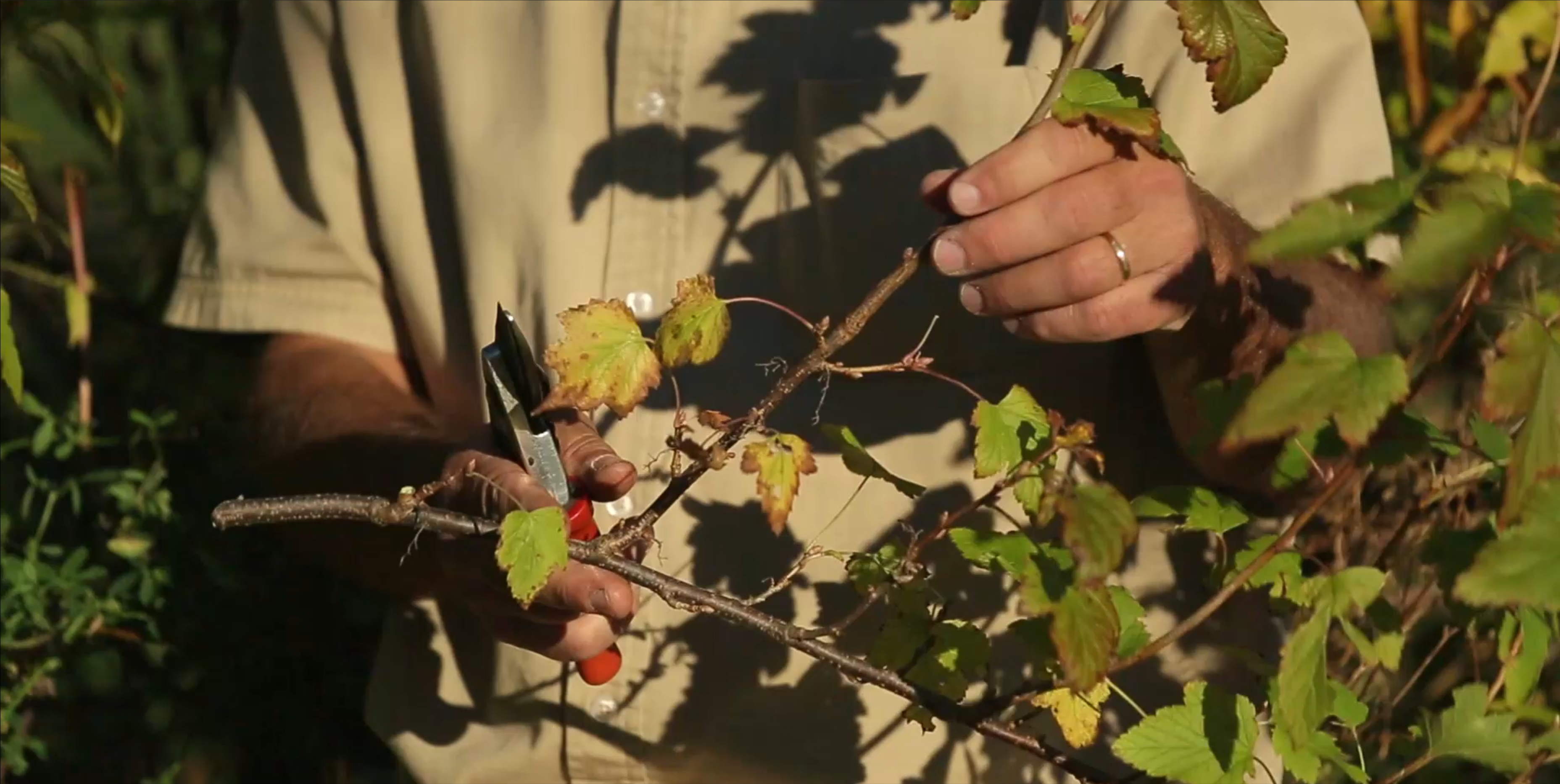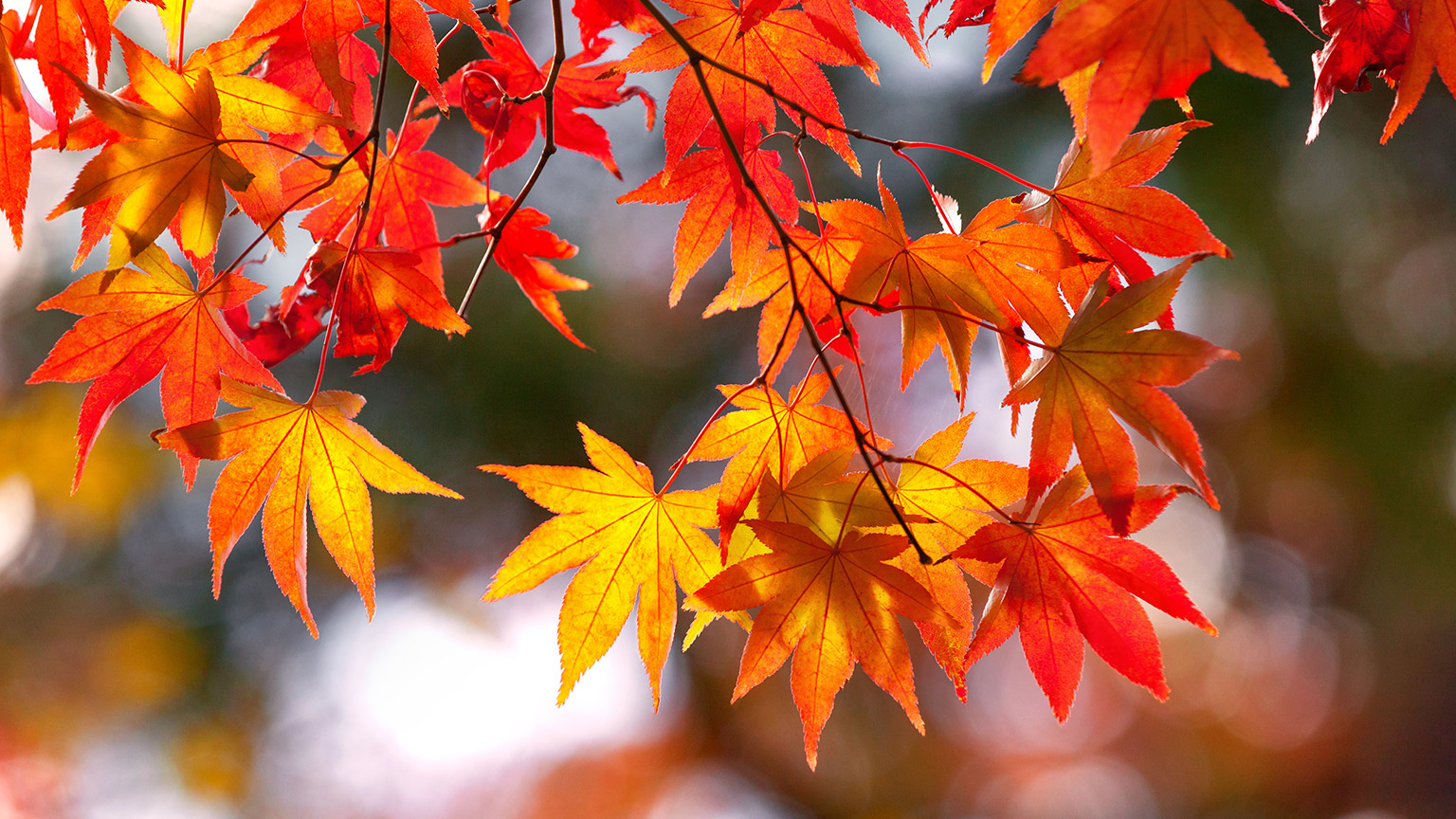If you wish to propagate a Japanese Maple (Acer palmatum) you would be best to do so from a softwood cutting.
Propagating by taking a cutting is what it sounds like. It involves cutting a piece of stem, leaf, or root from the parent plant and planting it in soil or water to encourage new roots to grow.
Cuttings are often taken from plants that are difficult to grow from seed or do not produce viable seeds.
While stem cuttings are the most common, it is possible to take cuttings from roots and leaves too. Additionally, there are different types of stem cuttings. The following table provides a list of several of the most common types and plants that are most suitable for each.
You might like to do some further research about the ones that you might like to use for plants you want to propagate.
| Type of cutting | Suitable for, for example | |
|---|---|---|
| Softwood cuttings (and tender, tropical perennials, such as house plants) | Japanese maple (Acer palmatum) Boxwoods (Buxus spp.) Hydrangeas (Hydrangea spp.) Willows (Salix spp.) Magnolias (Magnolia spp.) Geraniums (Pelargonium spp.) |
|
| Greenwood cuttings – using wood that is slightly older than softwood and slightly younger than semiripe wood | Birches (Betula spp.) Cotoneasters (Contoneaster spp.) Figs (Ficus spp.) Geraniums (Pelargonium cultivars) Mock orange (Philadelphus coronarius) |
|
| Semiripe (semi-hardwood) cuttings – the preferred vegetative method for broadleaved evergreens and some conifers | Kiwifruits (Actinidia spp.) Camellias (Camellia spp.) Hebes (Hebe spp.) Junipers (Juniperus spp.) Rosemary (Rosmarinus officinalis) Grapes (Vitus spp.) Incense cedar (Calocedrus decurrens) Leyland cypress (Cupressocyparis leylandii) |
|
| Hardwood cuttings – cuttings are less susceptible to damage | Quince (Cydonia oblonga) Honeysuckles (Lonicera spp.) Cheries and peaches (Prunus spp.) Roses (Rosa spp.) Viburnums (Virburnum spp.) |
|
| Conifer cuttings | Firs (Abies spp.) Cedars (Cedrus spp.) Pines (Pinus spp.) Yews (Taxus spp.) |
|
| Leaf petiole cuttings – where a whole leave is planted into the growing medium by its petiole (stalk) | Jade plant / lucky plant (Crassula ovata) Sedums (Sedum spp.) |
|
| Upright leaf cuttings – where a leaf is sliced crosswise into sections and the lower part of each section is planted in the growing medium | Begonias (Begonia spp.) African violet (Saintpaulia hybrids) |
In the following video, Josh Byrne from Gardening Australia introduces the most common types of cuttings: softwood, semi-hardwood (semi-ripe), and hardwood cuttings:
Let's look at one of these types of cuttings: hardwood cuttings.
If you purchased the book, Plant Propagator's Bible, by Miranda Smith, turn to page 82 about Hardwood cuttings as they provide an excellent and simple explanation.
Watch this video for an overview of cutting and rooting hardwood to create new plants.
Propagation notes
When taking hardwood cuttings, bear the following in mind:
- Give it a try! You've got nothing to lose. If you take a branch of a tree or shrub and it doesn't root, you've still got the parent plant.
- Try not to get put off if your cuttings don't take. Think about what may have caused this and try again.
- Use sharp secateurs and clean them before taking each cutting using a spay disinfectant. This will significantly reduce the chance of spreading disease from one cutting to the next.
- Use rooting hormone to encourage root development.
- It is common to use a slanted cut at the base of the cutting, but Miranda Smith recommends cutting straight across the stem.
▶ Permaculture Orchard: Beyond Organic (optional additional video resource)
Watch from where Stefan shows how to take hardwood cuttings. Stefan makes the hole for the cutting on an angle, but this is just to avoid the irrigation system pipe. In most cases, cuttings are planted vertically.

| Taking hardwood cuttings in the permaculture orchard | ||
| Timestamp 1 | 1:05:28 to 1:09:15 |
If your cuttings fail to take, watch this video where Jason, from Fraser Valley Rose Farm, talks about the most common reasons that cuttings fail:
Hardwood cuttings are a good way of forming new roses, cherries, and peaches – amongst others – that are genetically identical to their parents. Why not give it a try?
